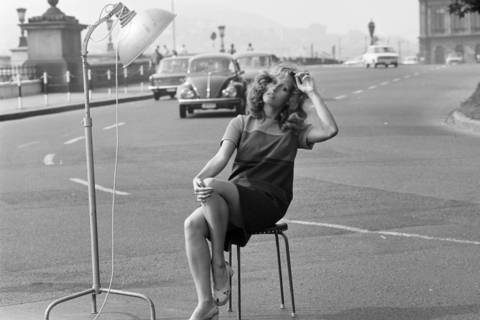Cities are everchanging, with their squares, streets, and buildings constantly undergoing transformations. We have dug deep into a collection of old Budapest photos from the 19th and 20th centuries to see what has remained or disappeared.
1. Deák Ferenc tér
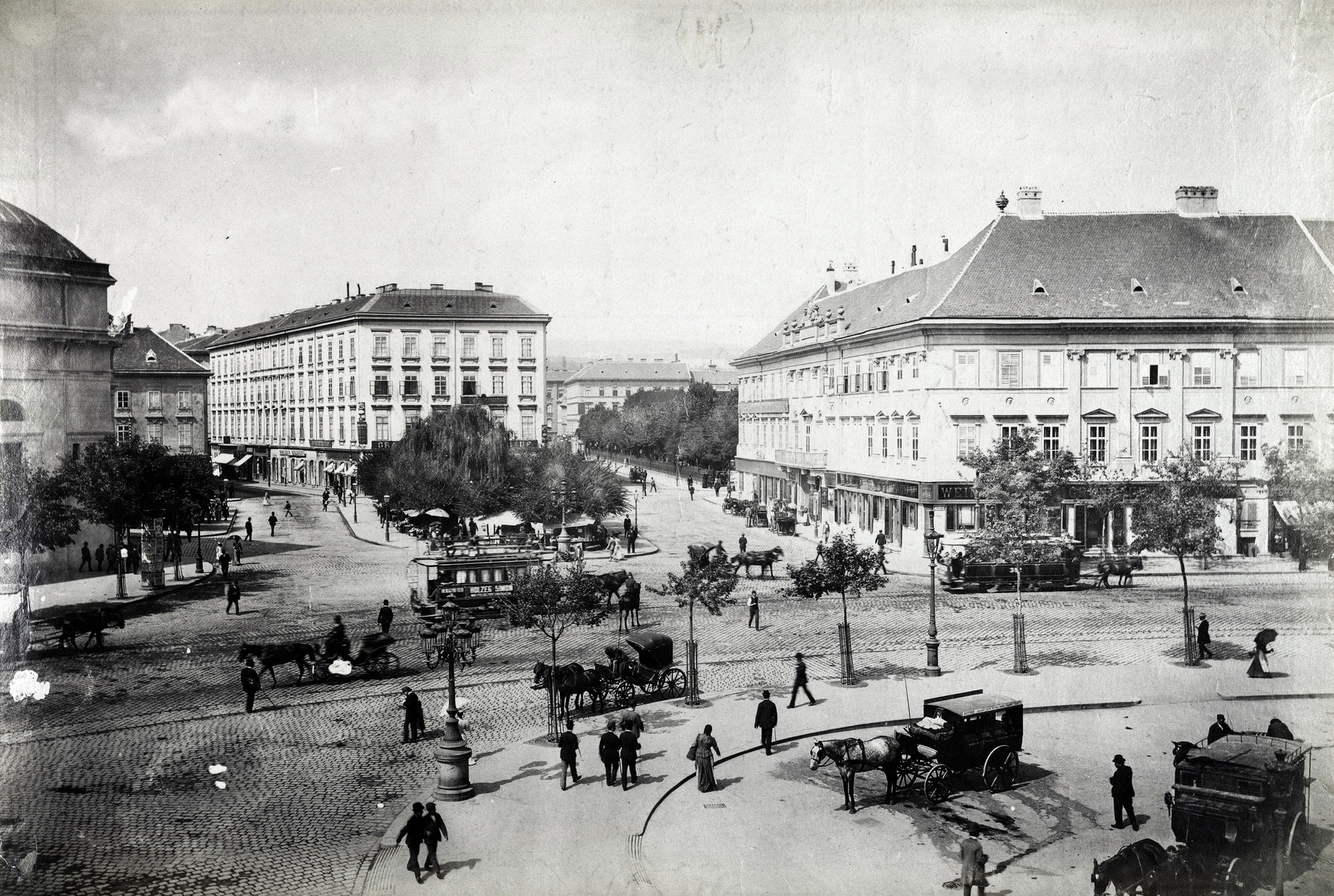
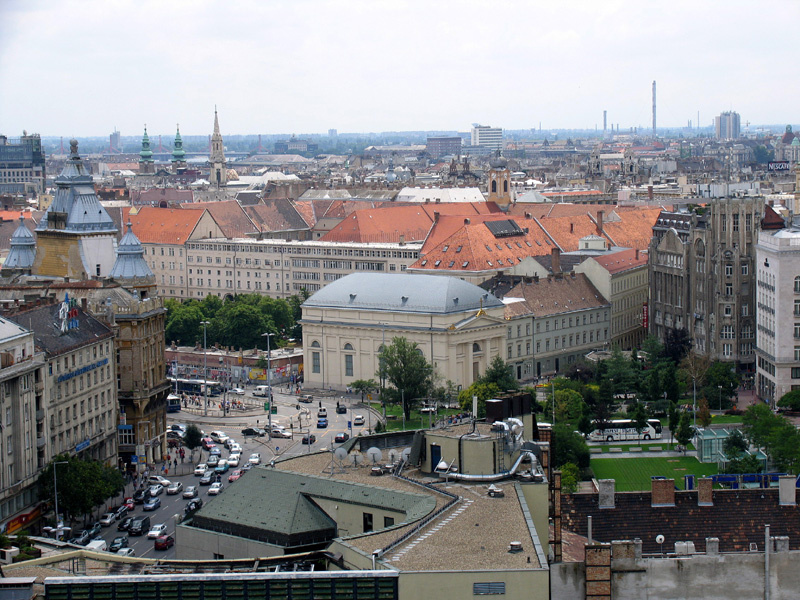
Considered the heart of Budapest and the meeting point of city dwellers and three metro lines, Deák Ferenc tér is where it all happens. And it always has been. Functioning as a transport hub even in the 19th century, a fiacre and carriage station operated here until the arrival of the underground in 1896 – the first line on the European continent. Throughout its history, the square got various names until it was officially named after an outstanding Hungarian statesman, often referred to as the 'Wise Man of the Nation,' in 1867. Today, Deák Ferenc tér continues to be a buzzing hub.
2. Vörösmarty tér
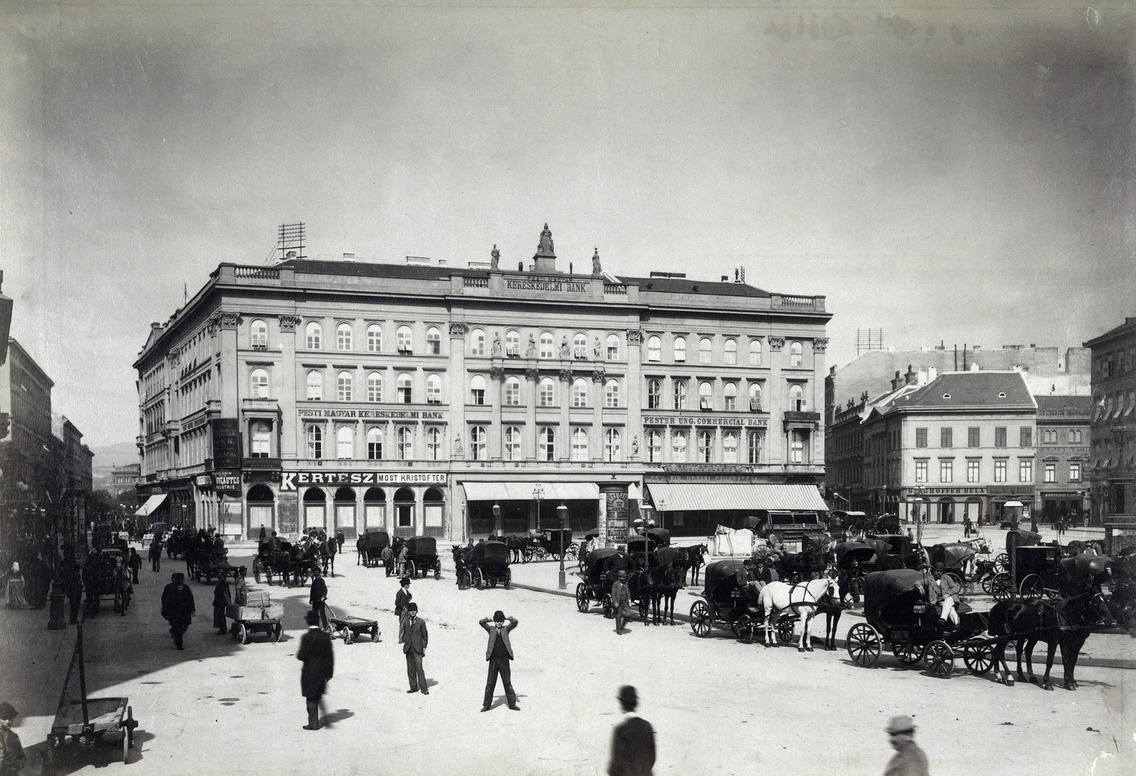

If Deák Ferenc tér is the place to meet, then Vörösmarty tér is the place to stay. You have such picture-perfect spots to 'hang out' as the iconic Gerbeaud Café, a gem founded in 1858 within the historic building of the Hungarian Commercial Bank of Pest (the one you see in the photos). Don't miss the chance to savour a slice of the signature Gerbeaud cake. For a more laid-back experience, indulge in a juicy burger at Hard Rock Café or head up to St. Andrea Wine & Skybar for drinks with a view. Yes, it's a bit touristy, but hey, it's a focal square at the end of Váci utca, so just embrace the city's vibrant energy or slip away from the hustle by hopping on the Millennium Underground.
3. Ferenciek tere
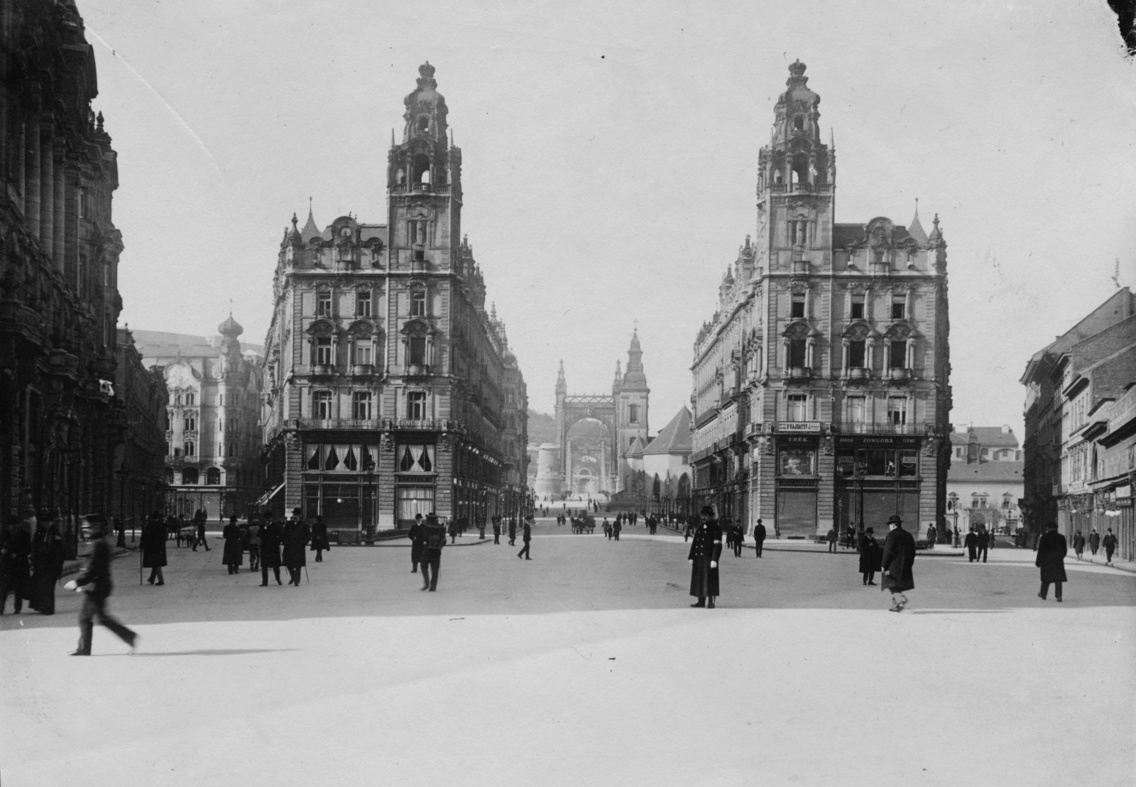
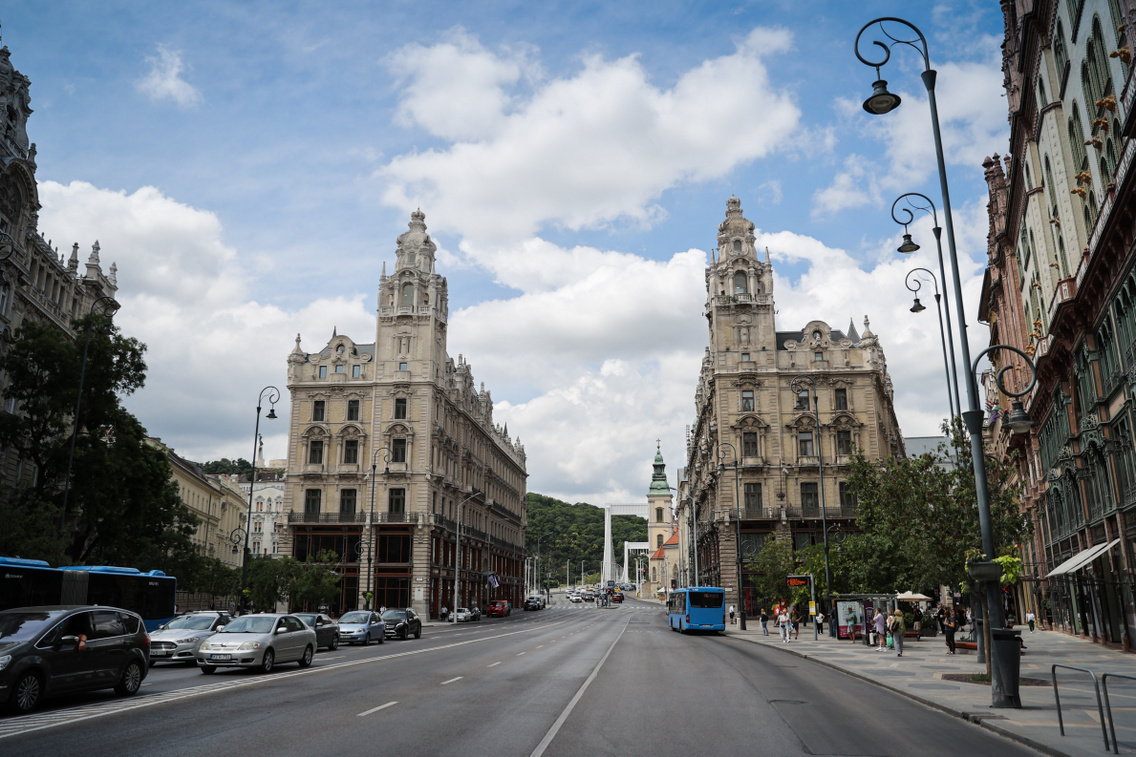
Named after a church and monastery belonging to the Franciscan monastic order, Ferenciek tere ('Franciscans' Square') is located just a stone's throw away from the Danube and Elizabeth Bridge. It has the majestic Klotild Palaces towering at its gates, not to mention the renowned shopping street, Váci utca, which runs parallel to the square. If you are after more landmarks, the Inner-City Church of St Francis and ELTE University Library are both worth exploring. An interesting historical insight is that until 1972, a tram used to pass through the square, and a tunnel was built, both erased during a major reconstruction in 2014. Ferenciek tere is accessible via metro line 3.
4. Kolosy tér
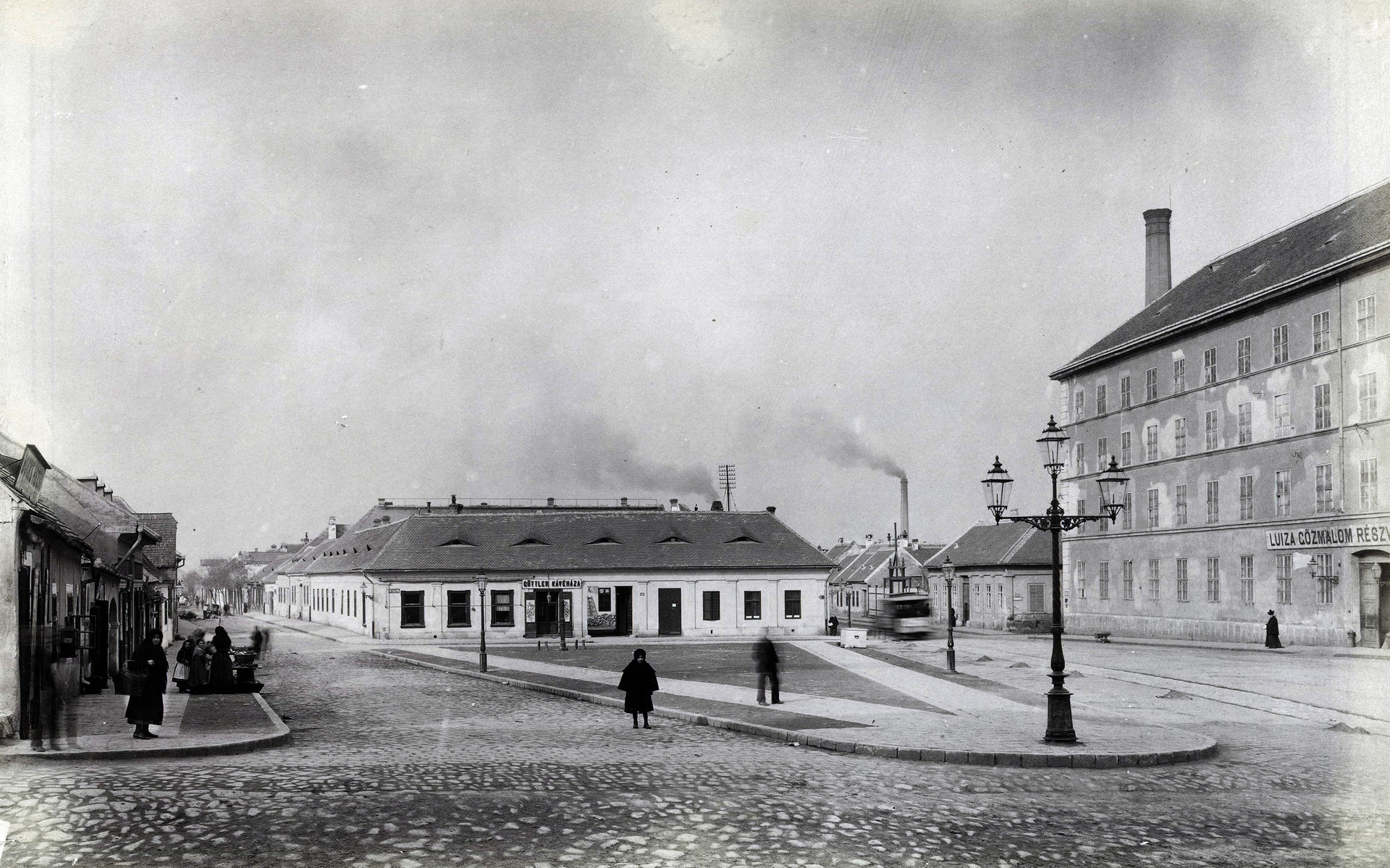
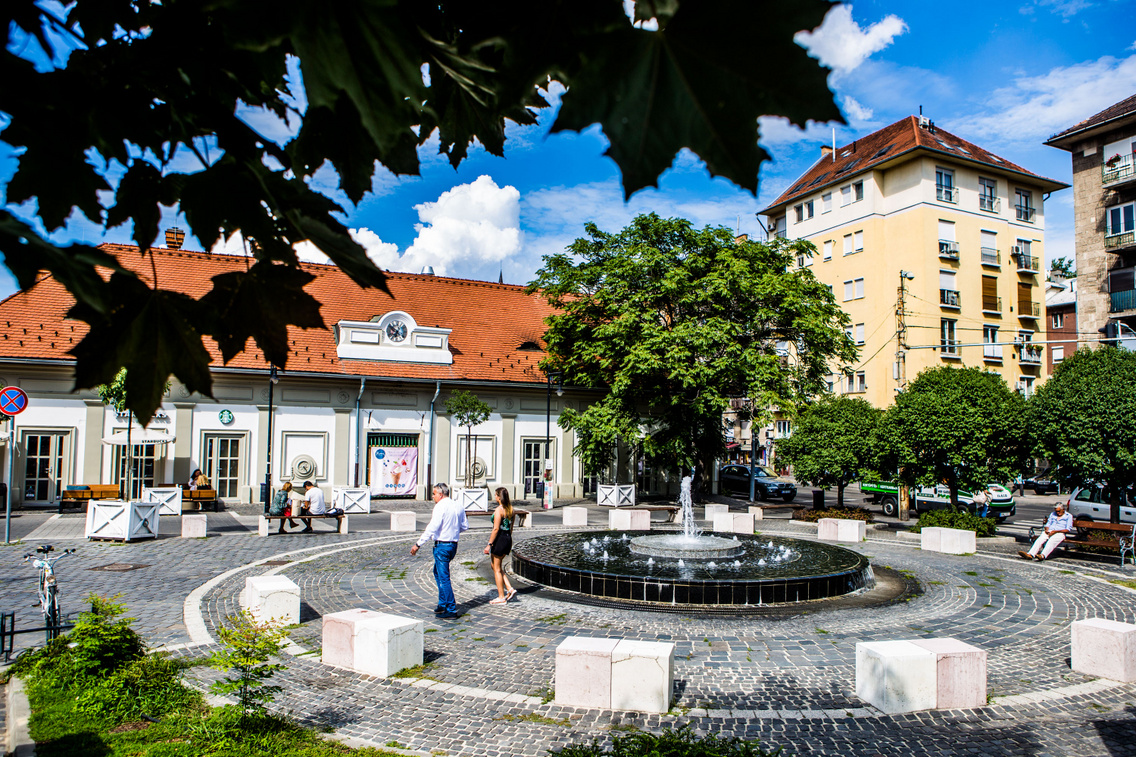
Óbuda is a charming residential neighbourhood where you can still catch some small-town and old-town vibes. Established in the 1st century, this area once was a military camp and settlement for the Roman Empire, leaving behind the ruins of Aquincum. Kolosy tér, presented in the picture, was named after the freedom fighter of 1848, György Kolosy. The square used to share space with the Lujza Steam Mill, until 1921 when the majority of the structure burned down, making way for the construction of several-storey-tall tenement buildings. In the photo, you'll notice a coffee house called Güttler Kávéház, which now transformed into a Starbucks. However, the rest of the building stands as a silent witness to the passage of time.
5. Széll Kálmán tér
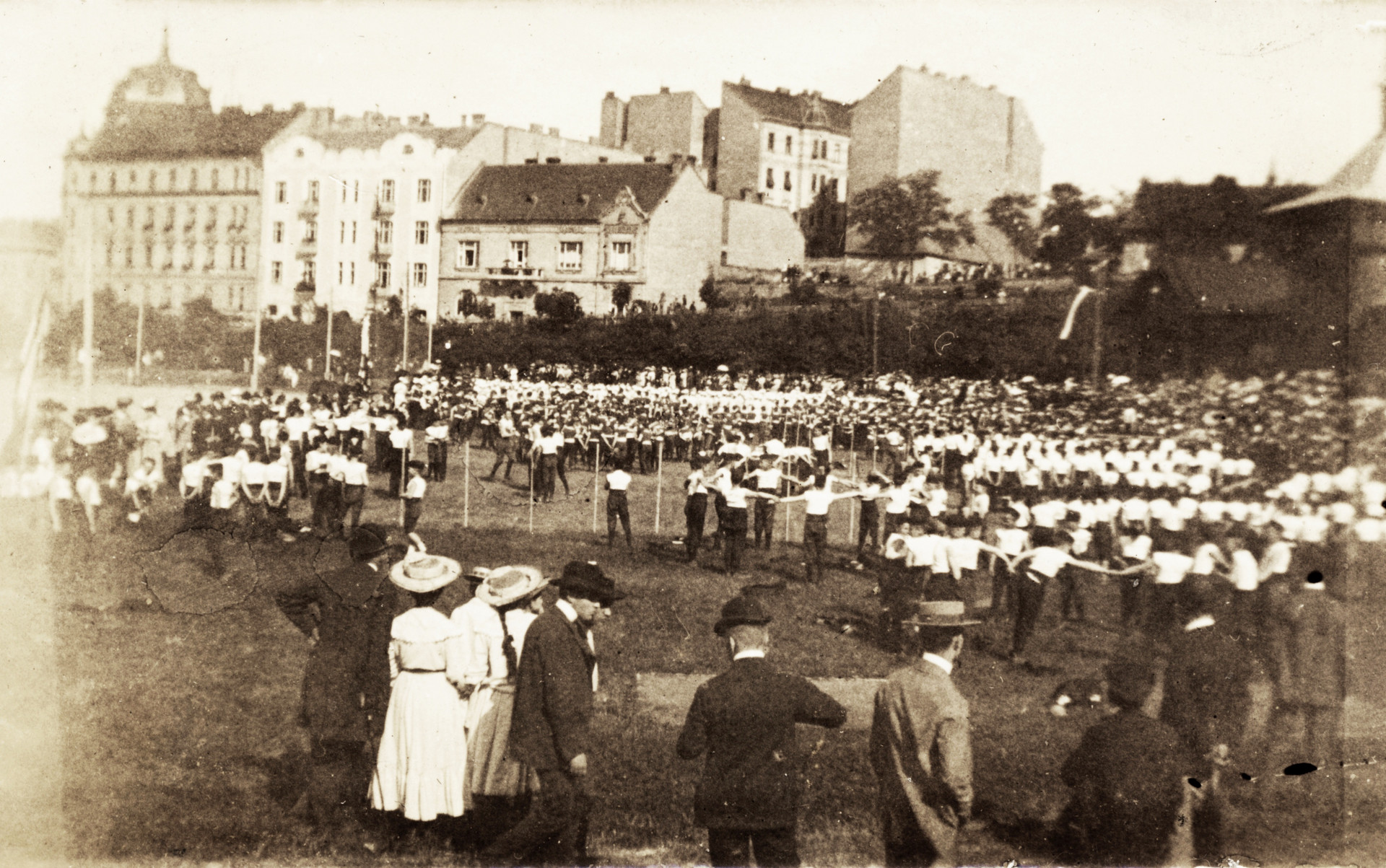
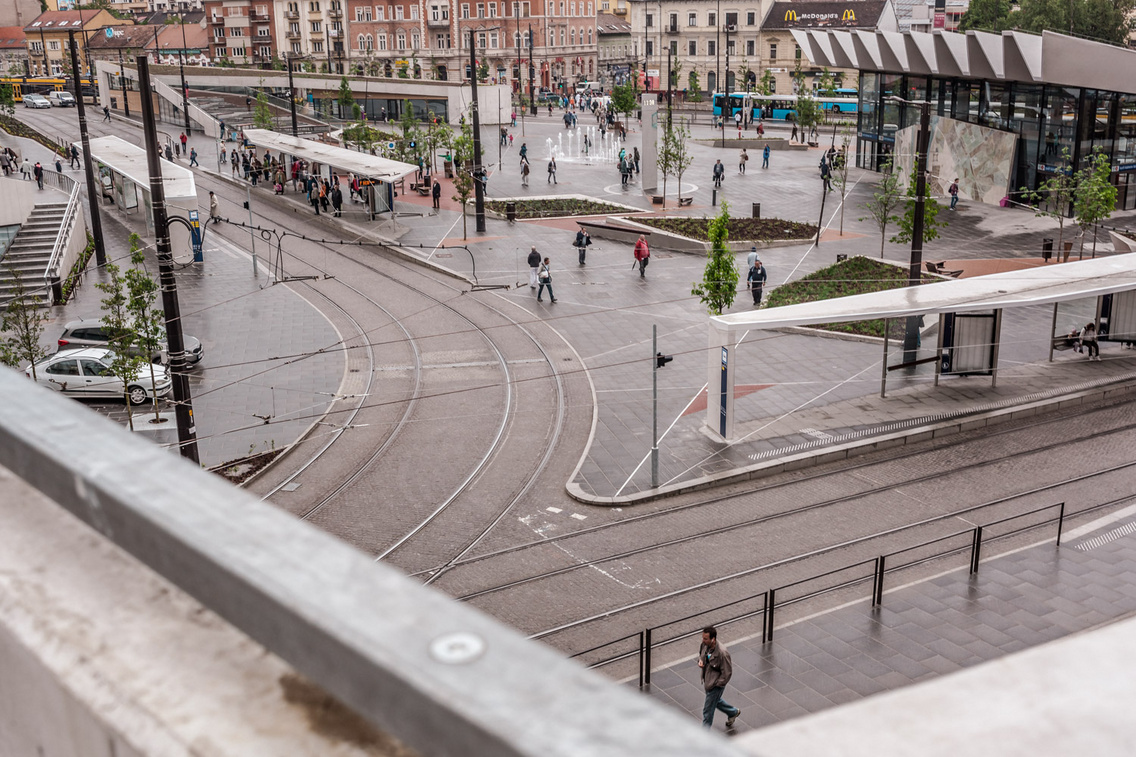
Széll Kálmán tér stands as another important transport hub. Metro line 2 has a stop here alongside several buses and trams – making a journey to the Buda Castle or an escape to the popular hiking spot Normafa quick and easy. Long ago, a brick workshop and mine operated here, and later, Buda's first ice rink emerged on the very spot. Over time, several other sports establishments popped up, such as tennis pitches and athletics centres. Temporarily known by Moszkva tér during the Soviet era, paying homage to Moscow, it reclaimed its original name in 2011, honouring a Hungarian prime minister. And in 2016, the square underwent a facelift, shaping its current landscape.
(Cover photo: Vörösmarty tér – Klösz György – Fortepan)

